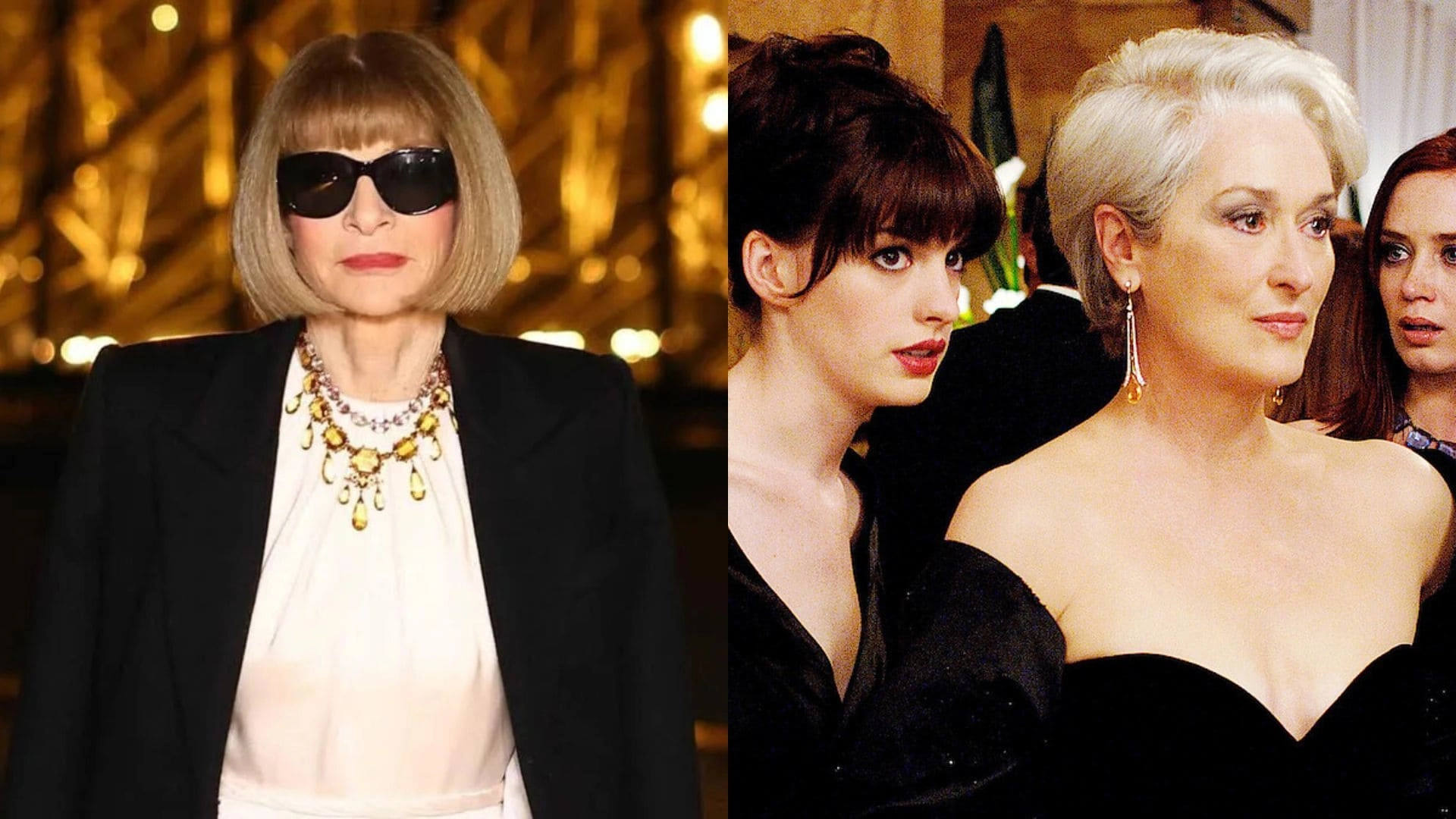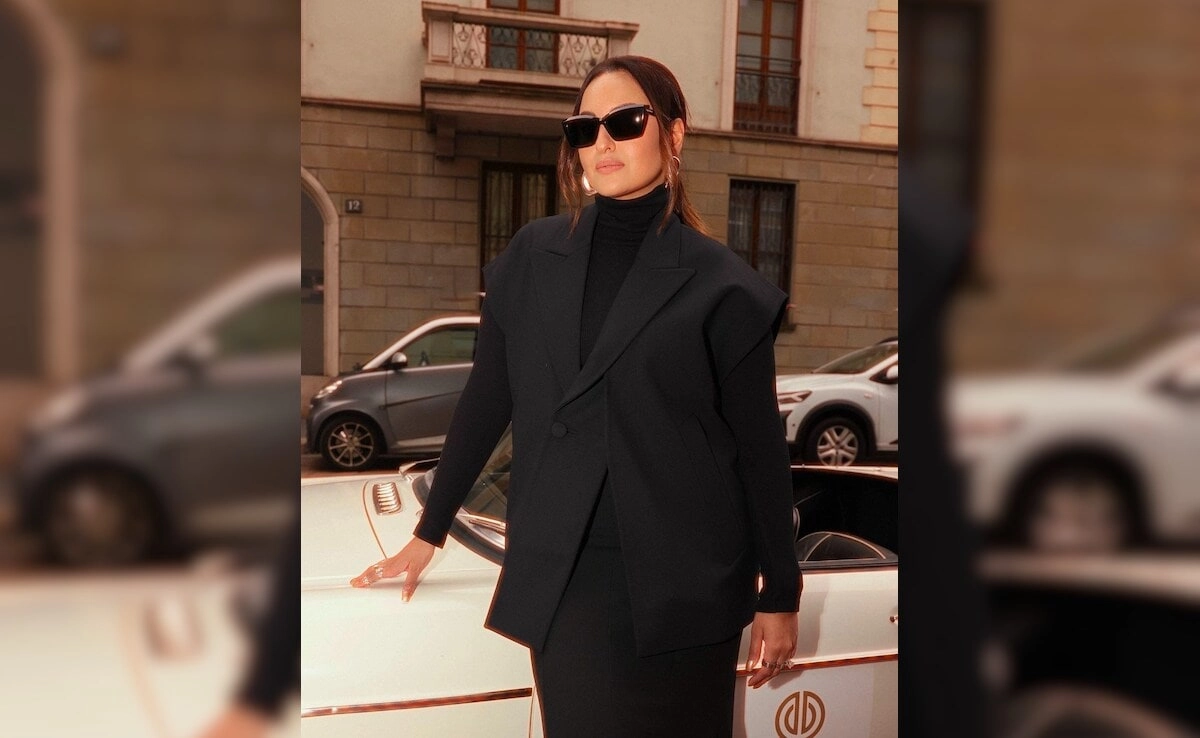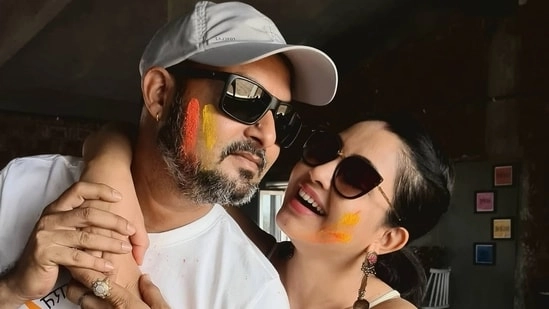Anna Wintour, the iconic editor-in-chief of Vogue, has often been the subject of fascination and intrigue, particularly following her portrayal in the 2006 film “The Devil Wears Prada.” In a candid reflection on the film, Wintour described her depiction as “cartoonish,” acknowledging that while it may not have captured the entirety of her character, it ultimately provided a fair representation of her influence in the fashion industry. The film, which follows the story of a young assistant caught in the whirlwind of high fashion, draws upon the demanding nature of the industry, a trait that Wintour embodies in her own professional life.
Despite the exaggerated nature of her on-screen persona, Wintour recognizes that the film highlighted some of the realities faced by those working in fashion. The demanding schedules, high expectations, and the pressure to maintain a polished image are all part of the world she navigates daily. Wintour has often been described as a formidable leader, and her portrayal in the film, while dramatized, reflects the challenges that come with such a significant role in a competitive industry. It serves as a reminder that the fashion world, much like any other industry, requires resilience and dedication.
Wintour’s acknowledgment of the film’s portrayal also underscores the cultural impact that “The Devil Wears Prada” has had on perceptions of women in leadership roles. While some may view her character as a harsh taskmaster, others see her as a symbol of empowerment and ambition. The film sparked conversations about the balance between authority and approachability, particularly for women in positions of power. Wintour’s ability to embrace this complex representation illustrates her understanding of the nuances involved in leadership and the expectations placed upon women in the workplace.
In retrospect, Anna Wintour’s commentary on her portrayal in “The Devil Wears Prada” reveals a thoughtful perspective on how art and reality intersect. While she may have found certain aspects of the depiction exaggerated, it opened up dialogue about the fashion industry and the stringent demands placed on those within it. Ultimately, Wintour’s reflection highlights the ongoing evolution of women’s roles in professional settings and the ways in which popular culture can both challenge and reinforce societal norms. As she continues to shape the fashion landscape, her insights remain vital in understanding the complexities of leadership and the narratives that surround powerful women.




